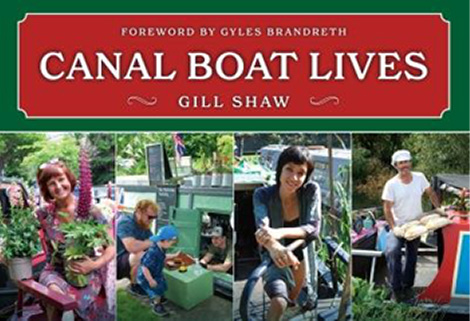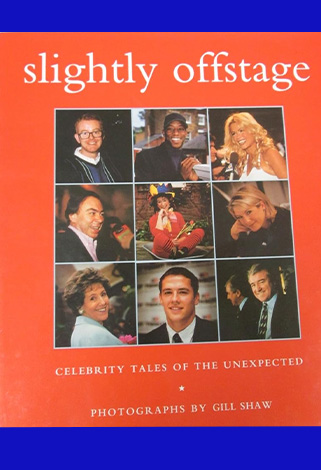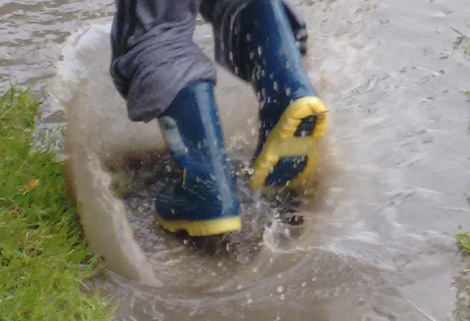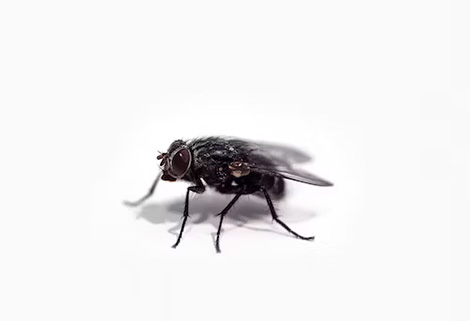There are many mysteries that occur throughout the world, which are mostly unresolved, some are too terrifying to contemplate, others are hard to believe, and the rest, well make up your own minds after reading the stories below.
Depending on how you view a mystery is how you react to a story, whether you believe in ghosts or sprits, alien existence, creatures from other dimensions or spontaneous combustion, each story has one thing in common, they are incredible to read and hard to believe if true.
Reading through the details of these stories, questions what we know or indeed think we know and understand, if at all, sceptics among you will no doubt refuse to believe or disregard the details that they hold, but what if they are true, what if it happened to you, or someone you were close to?
The following stories have been thoroughly researched by some of the Worlds top scientists who have failed to come up with any plausible answers or explanations as to why they happened.
We as human beings like to know about our surroundings and what happens that affect`s our day to day existence, one thing that we are not good at, is the not knowing or failing to find an answer that makes us feel uncomfortable.
Because we at Bearingtech are in a problem solving industry, where mysteries happen on a daily basis, we thought that we would try something different.
The following stories are all true, or are they, you decide?
Spiritual / Paranormal
Soul Extraction:

Most people when asked about the human soul, would either not comment or believe that the soul leaves the body at the point of death and either soars to the heavens or drops down to the depths of hell, all a bit angels and demons, but for years scientists have argued the case for this occurrence to actually happen. But in 1901 Dr Duncan MacDougall tried to prove that the human soul does exist.
He set about experimenting with terminally ill patients, who had given him their permission to carry out the procedure once they had died, he tested 6 patients who all experienced weight loss at the time of their deaths, with the average weight loss being 21 grams per person.
When researching details for one of his novels, the Lost Symbol, American author Dan Brown discovered the latest experiments involving state of the art technology, discovered some outstanding facts and results, according to one of the researchers, a scientist had arranged like Dr MacDougall, to run a test on an elderly terminally ill patient, they both agreed that when the time was right and the man was close to death, he would be placed in a sealed glass cabinet, that was fitted with the latest technical weighing scales that were capable of detecting the weight of a human hair.
Eventually the time came and the patient as agreed was placed in the cabinet and weighed for the first time to prove that the scales were as accurate as described, the weight of the patient was logged, they then removed a single hair from the patient, and sure enough the scales changed.
Once this had been logged and verified, the lid of the cabinet was closed for the last time.
A few hours later, the time had come and the patient was close to death, with every scientist looking on at the scales the man finally passed away, again the weight was logged, 20 seconds later the scales changed again to a lower weight, which was considerably more than a human hair.
On inspection, everyone agreed that this second reading was indeed the extraction of the human soul leaving the body.
Smurls Family Hauntings:
How many people look to buy a property that needs repairing and fixing up as their first property to start climbing the property ladder, probably most? Many do this on a regular basis without any fuss, apart from the normal run of the mill building repairs like decorating, plumbing, gardening and general maintenance work.
When Janet and Jack Smurl thought that they had found such a house, they were excited at the prospect of making a family home for years to come, somewhere to raise their family in safety.
The house they found was situated in Chase Street, West Pittson in Pennsylvania, and came in the category of being a “fixer upper”, the property needed lots of work to make it a family home as some of the décor had not ben touched in years, little did they know at the time the reason why, but they were about to find out the horror that this house was going to put them through.
At the beginning of 1974, the strange noises started to happen, disturbing the peace and tranquility that the house had so far offered, especially in the evenings and during the early hours of the morning, when things started to heat up. Odd things started to happen on a regular basis, televisions would turn themselves on in the middle of the night and start blaring out, taps would start to flow without any reason and water pipes began banging and vibrating.
The renovated work that had been carried out was continually destroyed as if to point out that the work should not be done in the first place. The final straw came when the family were sitting together in the lounge watching the television, when their dog was picked up as if floating in the air and was slammed against a wall.
Something had to be done, was the house haunted? Eventually after some serious soul searching, the Smurls called for professional help and called in Parapsychologists Ed and Lorraine Warren who were experts in this particular field and renowned in hauntings.
After their extensive investigation the Warrens came to the conclusion that the house was one of the worst cases of hauntings that they had ever witnessed, they discovered that there were many evil spirits connected to the property, one an old woman, another a violent girl and a man who had died in the house with one demon in total control of the others.
But the most frightening aspect of the haunting was the discovery of a passageway between two dimensions that sat smack bang in the middle of the house, which could be the reason for the evil that exists within the walls of the house.
On hearing this, the terrified couple tried everything that they could to rid the house of the spirits that were beginning to control the property, everything from exorcisms to antagonising whoever was carrying out these horrific deeds, but nothing worked. \
Over the next 13 years, the Smurls were tormented beyond belief by the spirits, that seemed hell bent on either ruining or ending their lives, on one occasion Janet was molested in her sleep and Jack was sexually assaulted whilst watching television.
The family was now being subjected to random attacks, which began to get more violent and frightening with each incident, all the members of the family had been attacked, with a near fatal accident happening to one of their daughters, who was narrowly missed by a large ceiling fan that fell just inches from her, causing the family great distress.
Everybody who stayed in the house was attacked, by either being punched, slapped or bitten, with some instances included being thrown out of bed or pushed down the stairs.
After countless incidents, the final terrifying event persuaded the Smurls to finally leave the property, when an apparition appeared and confronted two of the family members, which absolutely terrified them beyond belief.
The house was now under full possession with incidents and accounts occurring on a daily if hourly basis, the Warrens advised the Smurls to leave as soon as possible for the safety of their children.
In 1987, the Smurl family had had enough of the attacks and for the sake of their physical and mental health, decided to leave the house for good never to return.
Can you imagine your own home or house becoming unlivable and frightening in this way?
Your home is supposed to be your sanctuary, a place where you can relax and raise your family and live in harmony without the horrendous events that the Smurls endured for years.
Nobody knows if the house at Chase Street was ever occupied again, and if so did the new owners undertake the same treatment as the previous occupants, lets hope not.

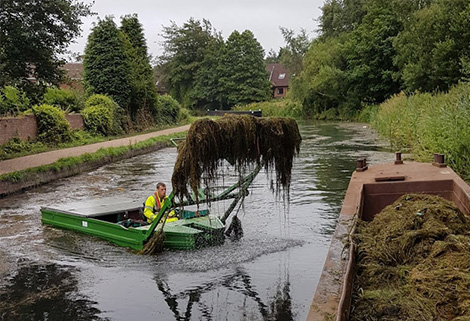




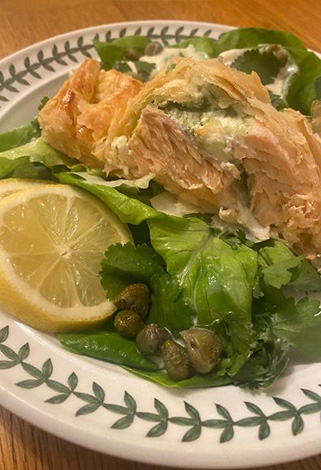

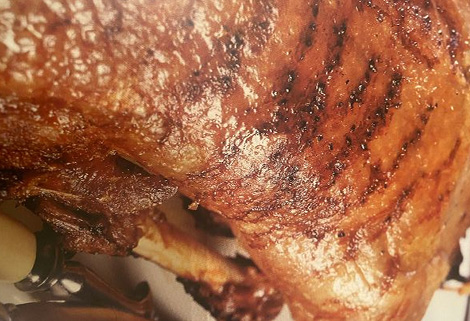

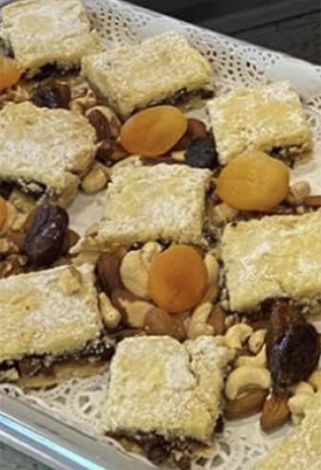

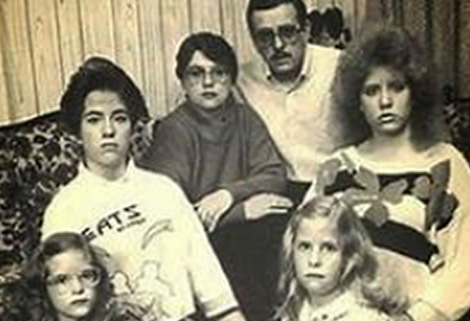

 In this book, award - winning photographer Gill Shaw celebrates the variety of people living on canals today. Through photographs and their own words, this fascinating window into a different way of life will appeal to all those who would like to know more about Britain’s canal - side inhabitants.
In this book, award - winning photographer Gill Shaw celebrates the variety of people living on canals today. Through photographs and their own words, this fascinating window into a different way of life will appeal to all those who would like to know more about Britain’s canal - side inhabitants.